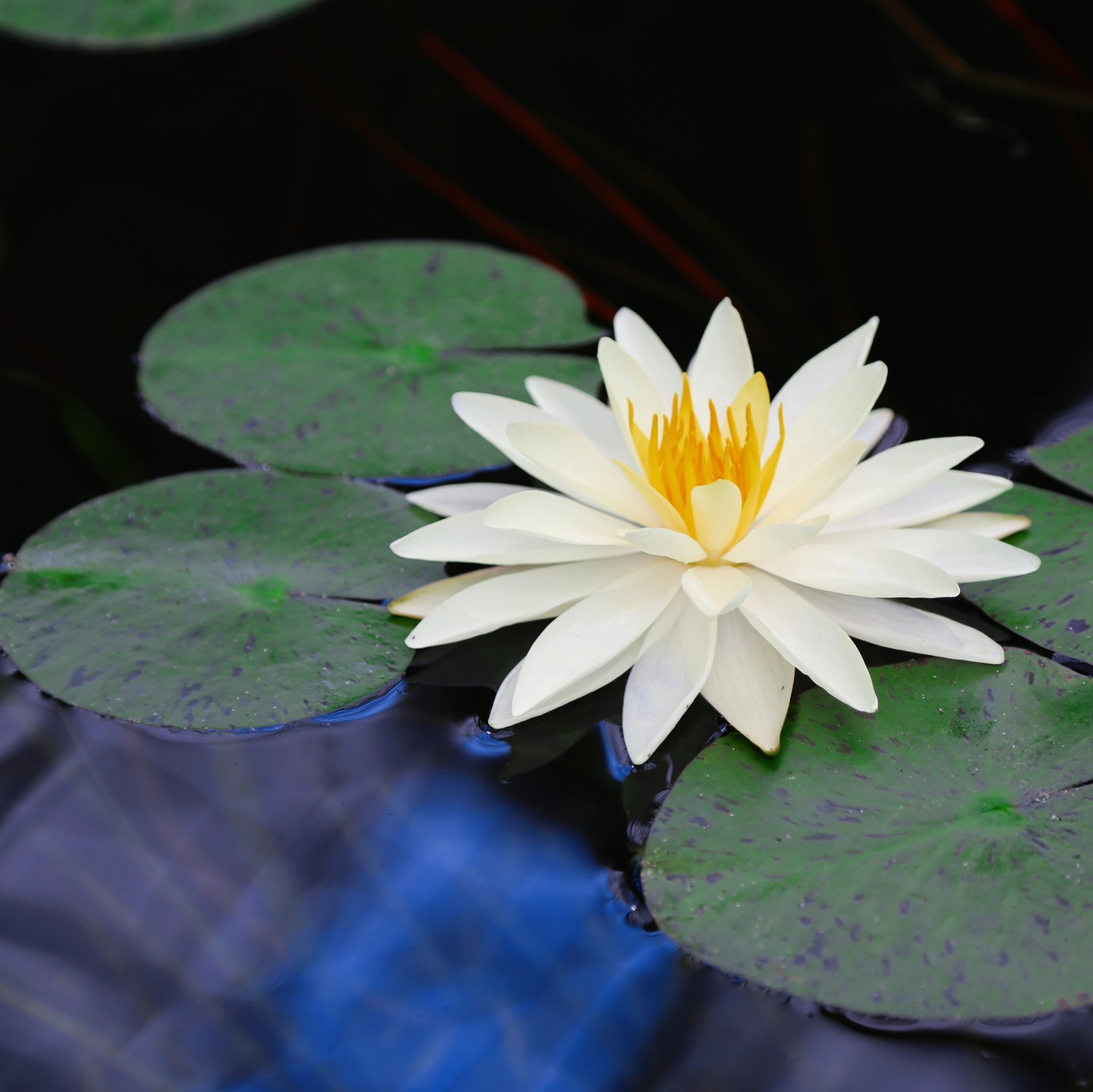Summary:
1. The unique role of water lilies as important players in the aquatic ecosystem.
2. The undersides of floating water lily leaves form the nurseries.
3. How water lilies provide food and shelter for various aquatic creatures.
4. Protection from predators and the harsh effects of the sun.
5. Understanding the significance of water lilies in maintaining a balanced ecosystem.
Water lilies are fascinating aquatic plants that add beauty to the serene lakes and ponds they inhabit and play a crucial role in maintaining a healthy aquatic ecosystem. Beyond their enchanting appearance, water lilies provide myriad benefits to the inhabitants of their watery homes. Let’s dive into these marvelous plants’ unique and captivating aspects and explore the hidden wonders beneath their floating leaves.
One of the most remarkable features of water lilies is the undersides of their floating leaves. In a surprising twist, these seemingly simple surfaces transform into nurseries for many aquatic insects and snails. These tiny creatures find refuge and sustenance in the intricate folds and crevices of the lily pads. The undersides of water lily leaves create an ideal environment for insect larvae to thrive, laying the foundation for a diverse and vibrant ecosystem.
The presence of these nurseries has a ripple effect throughout the aquatic community. The aquatic insects and snails that call the water lily leaves home serve as a vital food source for various small fish species. These tiny fish benefit from the abundance of nourishment the insects and snails provide, enabling them to grow and thrive in these aquatic habitats. In turn, these small fish become nourishment for larger predators in the ecosystem, creating a delicate web of life that is interconnected and interdependent.
In addition to being an essential source of sustenance, water lilies also offer shelter to fish. The dense floating leaf network provides a haven for fish to hide from predatory birds that may seek them out as a tasty snack. By concealing smaller fish, water lilies maintain a balanced ecosystem, allowing fish populations to flourish without being persistently preyed upon.
Another significant advantage of water lilies is their ability to shield fish and other aquatic creatures from the sun’s scorching rays. In bodies of water that lack substantial shade, water lilies provide a natural umbrella that helps regulate temperature and prevent overheating. The floating leaves create a tranquil oasis, allowing fish to seek refuge and escape the potentially harmful effects of excessive heat.
Water lilies in an aquatic ecosystem play a pivotal role in maintaining harmony and balance. By providing nurseries, food, shelter, and protection, water lilies contribute to the overall health and sustainability of the ecosystem. They act as a supporting pillar, ensuring the survival and well-being of many species that rely on this delicate equilibrium.
Understanding the significance of water lilies highlights the importance of preserving and protecting these incredible plants and their natural habitats. The delicate balance of nature relies on various components, and water lilies are an integral part of this intricate puzzle.
Next time you come across a serene pond adorned by the graceful presence of water lilies, take a moment to appreciate their remarkable role in the aquatic realm. Their beauty goes beyond the superficial; it extends deep into sustenance, protection, and balance within our precious aquatic ecosystems.
As we continue to explore the wonders of nature, may we always remember the intricate connections that exist and strive to be guardians of our planet’s biodiversity. Let the water lilies serve as a reminder of the hidden treasures beneath the surface, waiting to be discovered and cherished.
*****
Source Description
Water lilies are important players in the aquatic ecosystem. The undersides of the floating leaves are nurseries for many aquatic insects and snails and thus provide food for small fish and others. They also shelter fish from predatory birds and the heat of the sun.


